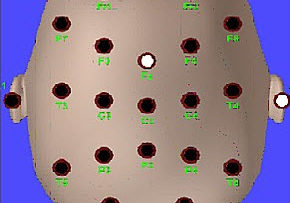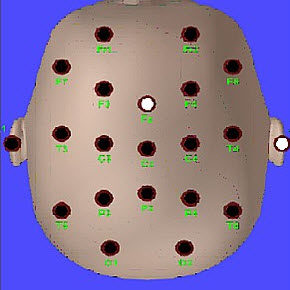Neurofeedback- How it works and remote training
Neurofeedback is a therapy that uses computers to help us see what the brain is doing. The process “feeds-back” information so you can then correct your brain functions.
This is done by using a standard EEG (the same type of brain measuring tool used in hospitals) to give the clinician an idea of how the brain has been operating. Then the brain can be trained toward better functioning.
Children (or adults) improve their brain wave function.by watching videos or movies (yes movies!) on screen and the screen gets brighter and darker depending on brains fuctioning. We know which areas to train because we have done a brain mapping (in the office in Southfield) to see which areas to focus on. This is all done without drugs and is safe and effective.
In addition, a system will be sent home and can be monitored by the clinician remotely. You can do this remotely out of your home.
Why have I not heard of this before?
Many insurance companies only recognize medication as “official treatments”. Sadly, most doctors and many parents find it easier to pop a pill. Neurofeedback requires more work and time, but is worth it; it creates better brain function without the use of daily medication.
In 2010 neurofeedback was endorsed by the American Academy of Pediatrics as the one way to help children with ADD or ADHD, concluded from evidence-based research.
Researchers have long known that the brains of children are constantly changing. New neuropathways form and old ones fall off as a child learns and grows. The critical stages of this “pruning” process continue until their early 20's. As effective as some drugs can be, they have the potential to adversely effect the child at this crucial time in their brain's development. Taking medication(s) “for the rest of your child's life” should only be a last resort.
Since the 1990's we have learned more about the brain than in all of human history. This research--in conjunction with affordable, faster computers--has spawned new technologies that offer an alternative to drugs. These tools “train the brain” to help balance central nervous system function and work with the body to improve attention, awareness, focus, and concentration. Furthermore, they have been used for over 30 years. The lower cost of the equipment has made it easier for more therapists to use these methods.





